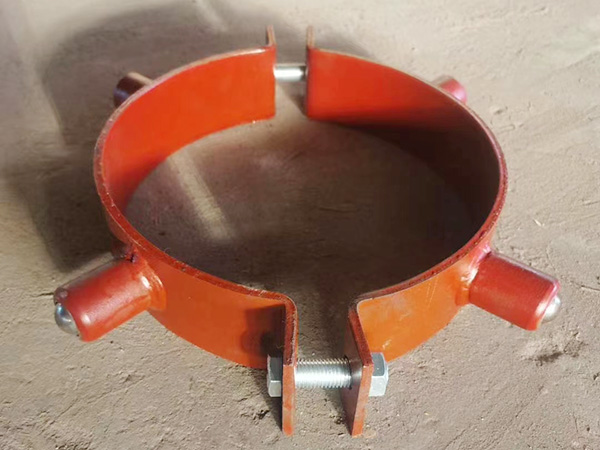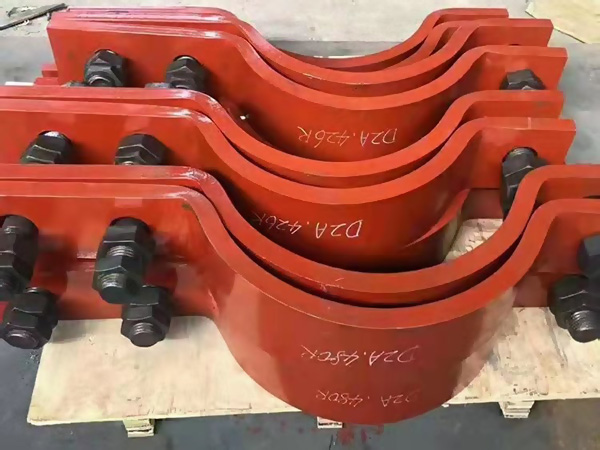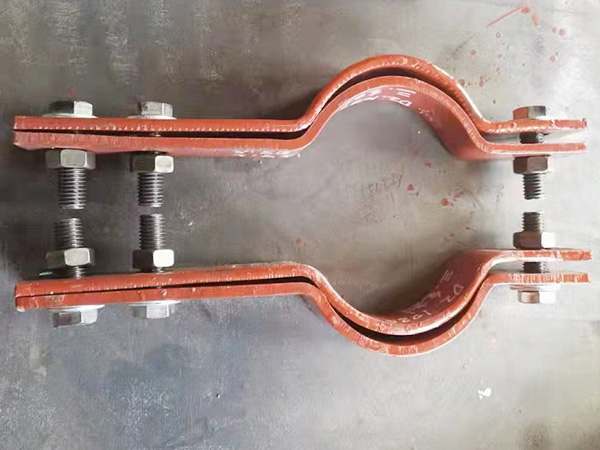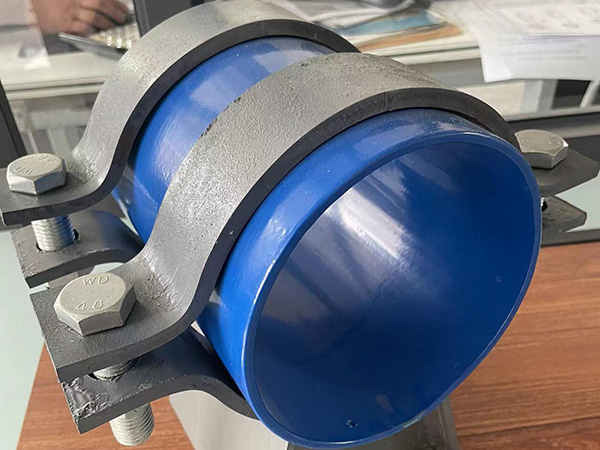In-Depth Analysis of Dimensional Deviation Issues in Pipe Reducers
Author:Mingde Time:2025-04-29 00:41:39 Click:176
Pipe reducers, commonly referred to as concentric or eccentric reducers, play a vital role in pipeline systems by allowing a gradual change in pipe diameter. Their precise dimensional conformity is critical to ensure smooth fluid flow, proper system pressure management, and secure mechanical connections. However, dimensional deviation remains a persistent quality issue that can significantly impact installation and performance.
1. Common Types of Dimensional Deviation
The most frequently observed dimensional discrepancies in reducers include:
Mismatch in inlet/outlet diameters: The actual measured diameters deviate from standard specifications, affecting fitment with adjoining pipes.
Length inconsistency: Axial lengths may differ from design drawings, leading to misalignment or poor welding compatibility.
Wall thickness variation: Uneven wall thickness can affect pressure resistance and may lead to early failure under stress.
Concentricity error: Especially in concentric reducers, if the centerline alignment is off, it may cause turbulence and flow inefficiency.
Eccentricity offset error: For eccentric reducers, the flat side offset must be accurate to avoid installation errors and drainage issues.
2. Causes of Dimensional Deviations
Several manufacturing and operational factors contribute to these deviations:
Forming process limitations: Hot or cold forming may result in elastic spring-back or uncontrolled metal flow, leading to size inaccuracies.
Tooling wear: Aged or poorly maintained dies and mandrels can introduce inconsistency during shaping.
Inaccurate cutting or trimming: After forming, improper finishing of ends may leave reducers with unequal or non-square faces.
Material variability: Pipes with inconsistent wall thickness or hardness can deform unevenly under pressure during forming.
Insufficient process control: Lack of real-time monitoring or dimensional inspection during production results in unnoticed deviation.
3. Impact on Installation and Performance
Dimensional deviations can cause several on-site challenges:
Difficulties in welding: Misaligned ends or varying wall thicknesses require rework or adaptation, delaying installation.
Leakage risk: Poor fitment leads to improper sealing, increasing the chance of joint leakage.
Flow disruption: Irregular shapes cause turbulence or back pressure, reducing system efficiency.
Incompatibility with automated systems: Deviations may lead to rejection in prefabricated or robotic assembly pipelines.
4. Control and Prevention Strategies
To ensure dimensional accuracy in reducers, manufacturers should adopt:
Precision forming techniques: Use controlled hot pressing, cold forming, or hydraulic expansion processes with well-calibrated machines.
Regular tooling maintenance: Keep dies and forming tools within tolerance through frequent checks and replacement.
In-line inspection systems: Implement automated measurement equipment (e.g., laser scanners or 3D gauges) to catch deviations in real-time.
Quality management protocols: Adhere to ISO or ASME standards, supported by statistical process control (SPC) and batch traceability.
Material standardization: Use certified raw materials with consistent mechanical properties to reduce variability.
Conclusion
Dimensional deviation in pipe reducers is a critical quality concern that affects both the integrity and performance of piping systems. Understanding its causes, effects, and prevention methods is essential for manufacturers, engineers, and quality inspectors. Through a combination of advanced manufacturing techniques and stringent quality controls, dimensional consistency in reducers can be reliably maintained, ensuring efficient and safe pipeline operations.
 Hot Products
Hot Products
 Contact Us
Contact Us
Contact:
Mobile:+86 +86 19133378808
Website:mingdepipe.com
Address:










